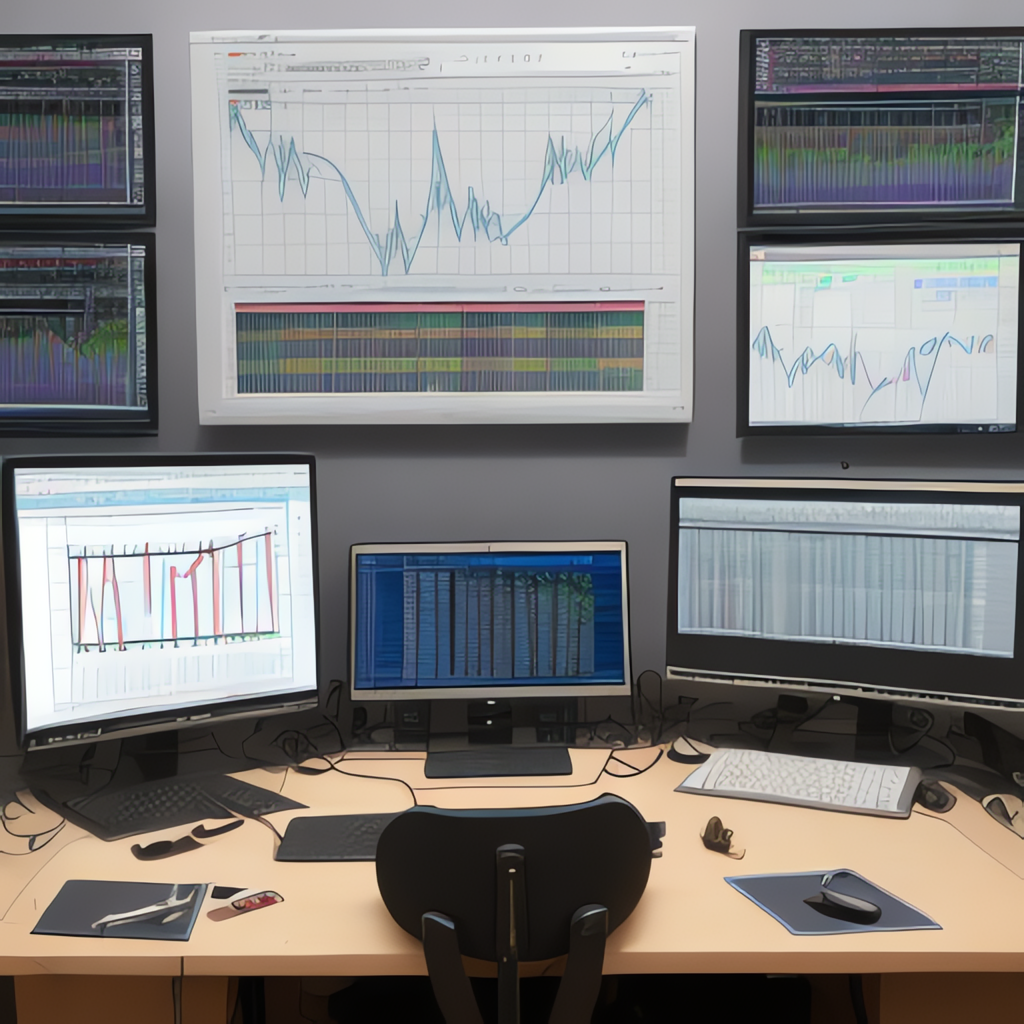Title: Decoding the Visual Landscape: An In-depth Guide to Chart Selection and Design for Effective Data Communication
In an era dominated by data, the visual representation of information becomes pivotal in extracting insights, understanding complex patterns, and making informed decisions. Effective communication of data lies not only in the raw numbers and figures but also in their clear and efficient visual depiction that aligns perfectly with the data narrative at hand. Selecting the right charts and designing them purposefully ensures the audience comprehends the data effectively, leading to impactful decision-making and enlightened discussions. This article navigates through the intricacies of choosing appropriate charts and designing them for efficient data communication.
### Chart Selection: The Foundation of Effective Communication
#### 1. **Objective of the Presentation**
The very first step in chart selection is understanding the objective behind presenting the data. Different charts serve distinct purposes and excel in conveying different types of information.
– **Comparison**: Bar charts and line graphs are excellent for showing comparisons of numerical data over categories or over time respectively.
– **Distribution**: Histograms and box plots are beneficial for depicting the spread and central tendency of data.
– **Relationships**: Scatter plots, correlation matrices, and heat maps are ideal for illustrating relationships or correlations between variables.
– **Composition**: Pie charts and stacked area charts are suitable for showing the parts that make up the whole, but use with caution due to potential for misinterpretation.
#### 2. **Audience Analysis**
Consider the background, preferences, and the expected level of data acumen among your audience. Tailoring the chart type to suit their cognitive abilities and interests enhances comprehension.
– **General Audience**: Pie charts, line graphs, and bar charts might suffice for a broad and less data-savvy audience.
– **Statistically Inclined Audience**: More complex charts such as heat maps, treemaps, or Sankey diagrams might be necessary.
### Designing for Impact
#### 1. **KISS (Keep It Simple, Stupid)**
Visual clarity is paramount. Avoid clutter. The design should support, not detract from, the data. Simple charts with fewer elements usually convey the message more efficiently.
#### 2. **Highlight Key Information**
Utilize colors, sizes, and patterns effectively to draw attention to the most significant data points. In charts like heat maps, use color gradients to illustrate increasing data values effectively.
#### 3. **Consistency**
Maintain consistency in chart elements like scale, colors, and labeling across related charts within the same presentation. This aids in quick comprehension and reduces cognitive load.
#### 4. **Aesthetic Appeal**
A visually appealing chart can engage the audience better. Proper use of colors, fonts, and layout contributes to making the data more palatable to the eye without overpowering the underlying information.
#### 5. **Legibility**
Ensure that all text, data labels, and annotations are readable. Using contrasting colors for the background and text helps increase readability.
### Tools and Technologies
Leverage modern tools like Tableau, Microsoft Power BI, Qlik Sense, or even simpler options like Google Sheets or Excel, which offer robust charting capabilities. Customizability options allow you to modify charts according to specific design aesthetics and data presentation needs.
### Conclusion
Effective data communication requires a thoughtful approach to chart selection and design. By considering the purpose, audience, and employing design principles that enhance clarity and engagement, the impact of data visualization can be significantly amplified. Whether you’re a seasoned data analyst or just starting your journey with data visualization, adhering to these guidelines ensures that your data presentation skills not only communicate the necessary information but do so in a way that encourages insightful discussions and informed decision-making.
